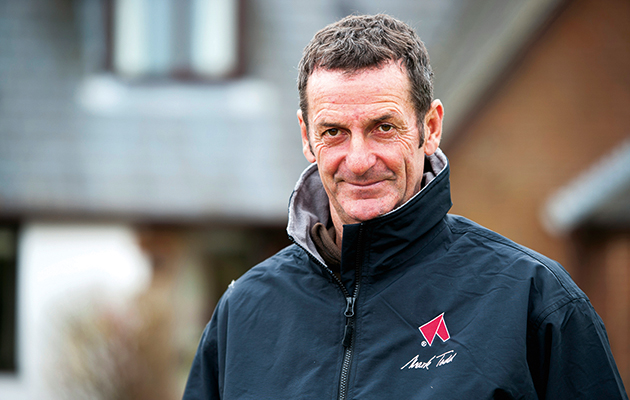Opinion
I’ve just come back from the CCI3* at Saumur, where Kiltubrid Rhapsody went very well to finish third. I hadn’t been to Saumur for five years, even though it is a lovely place, and one of the reasons for that is the going has been inconsistent. There were very few entries from British-based riders, and I think that’s because it had developed a reputation for not being great for horses’ soundness.
But the French riders had assured me that the organisers were going to do a lot more work on the ground this year, and I was pleasantly surprised. They had made a real effort, particularly on the racecourse for the first four minutes of the track, and the going was good all round the track.
The cross-country was also less twisty than it has been, and I thought it was a really good course that caused plenty of problems. It was extremely hot — up to 34°C degrees — and they did take out a loop of about 500m up and down a steep hill, which was sensible.
Better judging
I feel I have to return to the subject of dressage judging in eventing. Apparently judges only need to attend a course once every three years — this seems totally out of kilter with the modern sport, which is becoming ever more professional in every aspect apart from this. Riders seek training in all three phases with specialists; why are judges not subjected to consistent and more frequent training? Prize money is improving and the margins between victory and defeat are very slim, as we saw at Badminton this year.
Differences of opinion will always exist, of course, between judges, but there shouldn’t be huge discrepancies between marks for a given movement.
There are List One pure dressage judges training eventers, such as Isobel Wessels and Andrew Fletcher. Why not get people like them — or trainers like Carl Hester, who also helps eventers — to run frequent seminars, where videoed tests can be played back and judges’ marks analysed?
Another idea would be to have half a dozen riders doing guinea-pig tests on the Wednesday of a three-day event. The tests would be videoed and the marks discussed so the judges could get themselves in line, instead of plunging straight into it with just one guinea-pig rider on Thursday morning. This might eliminate the apparent lack of confidence we often see in marking on Thursday morning and the flurry of higher marks given on Friday afternoon.
I was sent some fascinating statistics about judging at CCI4* and championship level between 2015 and 2017. Five judges, out of 94 qualified, do 42% of the top events. One judge does 10% of them.
This isn’t a case of picking on judges — it is a thankless task and often mind-numbingly boring, but standards do need to become more professional and the only way to achieve this is through better training. I feel the FEI should be more pro-active in addressing this. The organisation must notice the discrepancies and the unrest it is causing among riders, owners and the judges themselves.
Ref Horse & Hound; 1 June 2017

